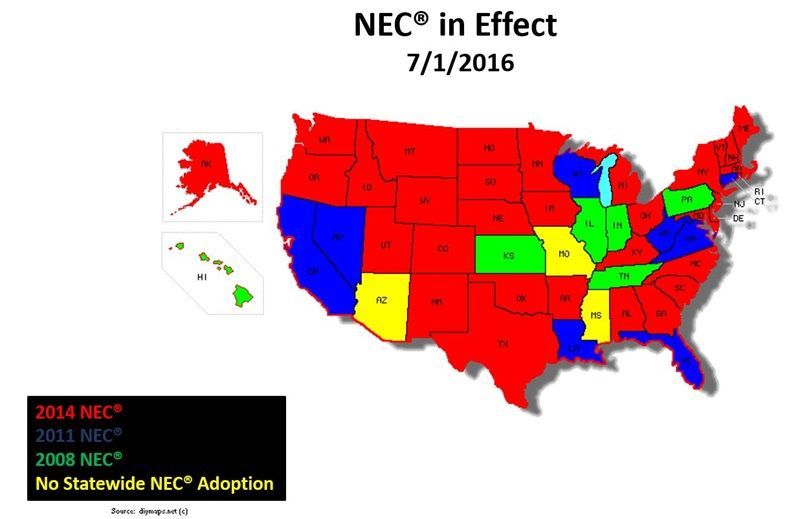heirloom hamlet
life my way
Wait, you can use a standard AC breaker box and breaker for incoming DC power from your array? How exactly would this be wired up or assembled, I didn't completely follow?Initially I avoided fuses by going with 1 or 2 strings. Multiple strings to a larger inverter now and I put a bunch of surplus touch-safe DIN holders on rails in a surplus box. Wasn't too much money. I was pulling wire in conduit anyway so this was convenient.
I can see that MC cable all the way from panel to inverter would be convenient place for the in-line fuse holders.
I plan to use MC4 holders for a couple strings that will be paralleled at the end of one wire run.
Note that MC4 fuse holders are not touch-safe, so you should disconnect the MC4 connectors at both ends before opening.
Neither the MC4 holders nor the touch-safe holders I used are for make/break while hot, so a disconnect switch is needed too. I have heavy duty (600 VDC) knife switches, but the newer inverters have rotary switch attached.
Depending on voltage you can also use Square-D QO with 2-pole breakers (one opens positive, the other opens negative PV wire). Square D says OK up to 125 VDC.
Also, you use the word string...what exactly do you mean by that?




